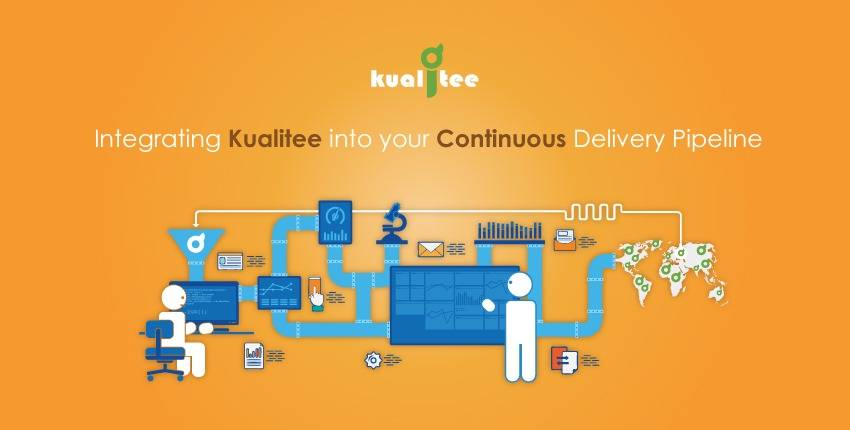Software build management plays a crucial role in the software development lifecycle, ensuring the successful creation and delivery of software products. Among the various practices and techniques that aid in efficient build management, continuous integration (CI) stands out as a powerful approach. In this blog, we will explore the significance of continuous integration in software build management and delve into its benefits, implementation strategies, and best practices.
Understanding Continuous Integration (CI)
Continuous Integration, in the context of software build management, refers to the practice of frequently integrating code changes into a shared repository. It involves automating the build process, running tests, and providing rapid feedback to developers. CI promotes collaboration and helps identify and address integration issues early in the development cycle. By streamlining the integration process, CI enhances code quality, reduces integration conflicts, and facilitates faster delivery of software updates.
Benefits of Continuous Integration
Implementing continuous integration brings several notable benefits to software build management. Firstly, it minimizes the risk of code integration issues, preventing delays and costly rework. Secondly, CI improves code quality by enabling the early detection of bugs and issues, ensuring that the software remains stable and reliable. CI also enhances team collaboration by promoting communication and knowledge sharing. Moreover, CI enables faster feedback loops, allowing developers to address issues promptly and iterate more efficiently. Continuous integration empowers development teams to deliver high-quality software at an accelerated pace.
Implementing Continuous Integration: Best Practices
To effectively implement continuous integration, certain best practices should be followed. Firstly, maintaining a version control system is essential to enable seamless code integration and provide a centralized repository for code changes. Secondly, automation plays a vital role in CI. Automate the build process, including compiling code, running tests, and generating build artifacts. Additionally, writing comprehensive test cases and ensuring their execution during the CI process is crucial for early issue detection. Continuous integration requires a robust and reliable build infrastructure that can handle concurrent builds efficiently. It is also essential to establish clear and consistent coding standards to ensure smooth integration. Monitoring and reporting the results of CI builds help identify trends, performance issues, and potential areas for improvement.
Integration with Build Tools and DevOps
Continuous integration seamlessly integrates with various build tools and fits within the broader context of DevOps practices. Build tools provide extensive support for automating the CI process. These tools enable scheduled builds, integration with version control systems, and facilitate notifications and reporting. Combining CI with DevOps practices enhances the collaboration between development and operations teams, leading to a more streamlined and efficient software build management process.
Conclusion
Continuous integration revolutionizes software build management by promoting collaboration, enhancing code quality, and expediting the delivery of software updates. By implementing CI, development teams can effectively manage code integration, minimize integration issues, and accelerate the development process. The benefits of continuous integration extend beyond build management, aligning with the principles of DevOps and contributing to overall software development success. Embracing continuous integration as a core practice empowers organizations to build robust, high-quality software products while keeping pace with the rapidly evolving demands of the modern software landscape.

























